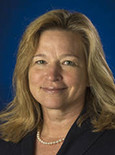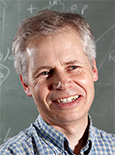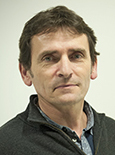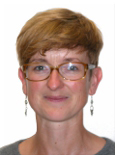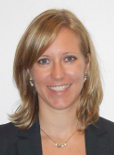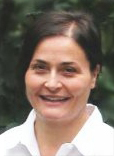
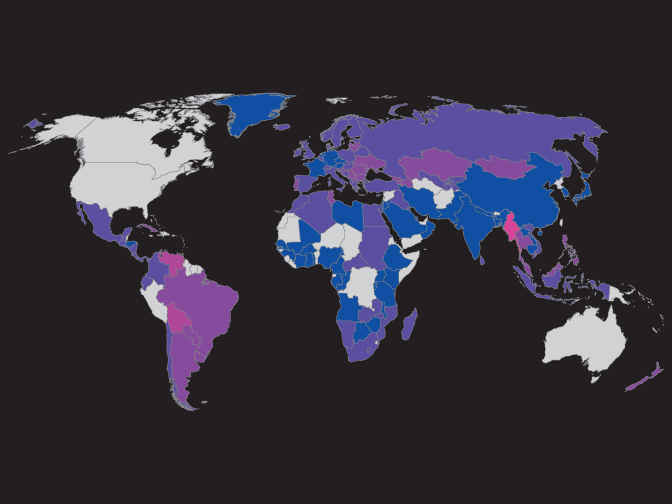
Tuesday 8 March is International Women’s Day.
To mark the day, staff at ECMWF gathered for an informal discussion to raise awareness about the gender gap in the disciplines of science, engineering, technology and mathematics (STEM).
The discussion opened with a message from Dr Elena Manaenkova, Assistant Secretary-General of the World Meteorological Organization (WMO).
In the pre-recorded interview, she highlighted the under-representation of women in STEM. “Women constitute 30% of the world’s researchers,” she said, quoting statistics from UNESCO for the natural sciences.
Dr Manaenkova added that, according to a 2013 study, women comprise only a third of the global workforce at national meteorological and hydrological services, while only 19% of senior managers are women.
The WMO says it is “determined to attract more women in science and meteorology”.
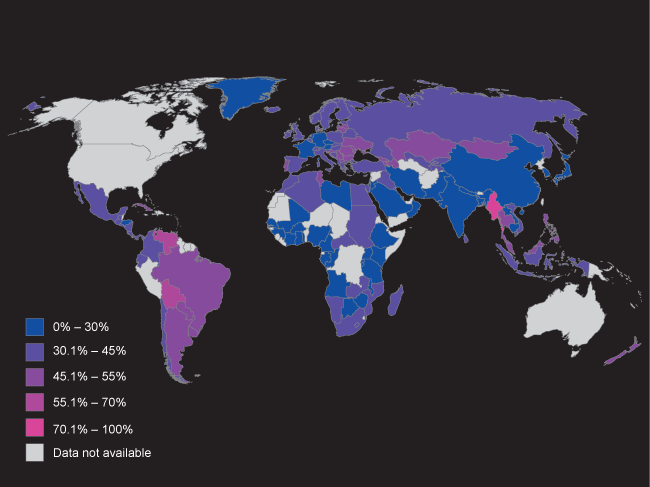
Women as a share of total researchers, 2013 or latest year available. Source: UNESCO Institute for Statistics Fact Sheet, November 2015
The gender gap in science is also noticeable at ECMWF but has become smaller. In April 1979, four years after the Centre was set up, women represented only 14% of staff in ECMWF’s Research Department. By February 2016, that figure had risen to 26%.
Florence Rabier became ECMWF’s first female Director-General in January 2016. She believes that mentoring and “giving more visibility to successful women in these fields” can help to encourage more women to take up careers in STEM.
NASA Chief Scientist Ellen Stofan, who joined the discussion via video link, echoed this sentiment. “We need to highlight women who were and are role models,” she said. “For example, women like Sally Ride and Katherine Johnson who were trailblazers, as well as the women who work at NASA to drive our Curiosity Rover on Mars and manage operations on our New Horizons spacecraft at Pluto.”
Below a number of scientists give their views on the following two questions:
- Why do you think there are so few women in STEM disciplines?
- What do you think can be done about it?
|
Florence Rabier, |
“I believe the root of the problem is that there is still an assumption, conscious or unconscious, that a man is better at these supposedly difficult subjects. This does not encourage most women, who do not have the confidence to embark on a career where they will be confronted with male colleagues who are assumed to be better, unless they receive strong support and encouragement. Mentoring can help, and giving more visibility to successful women in these fields.” |
|
Ellen Stofan, |
“Girls are not culturally encouraged to think of themselves as scientists, and many children have too narrow an idea of what a scientist is and does. Girls absolutely have the same skills to become scientists – they need to know that they belong in those fields, that they can make incredible contributions. The solution is complex and has many facets. We need teachers to make sure they encourage girls and other under-represented groups in science, and we need them to make sure they keep the wonder and fun infused in science. We need women who work in all STEM fields to mentor women coming up behind them. We need the media to think of how they portray scientists and engineers. And we need universities, companies, and other organizations to think about implicit bias when they hire and promote.” |
|
Simon Chandler-Wilde, |
"Society at large in the UK, teachers in schools, parents, and finally school pupils themselves, struggle to see these subjects as female. Only 20% of students taking Physics A-level are female, and only 17–20% of students are female in all of these subjects at first degree level. In all these subjects there are also pressing issues of increasingly unequal female representation – the ‘leaky pipeline’ – as one moves higher up the chain in universities, with fewer female PhD students and scandalously few full professors. The issues here are multi-faceted, but include a lack of role models, valuing only a subset of the important contributions that staff make, inadequate mentoring, lack of clarity about career paths ahead, and lack of clarity and support around how work–life balance works, and careers are combined with families.” |
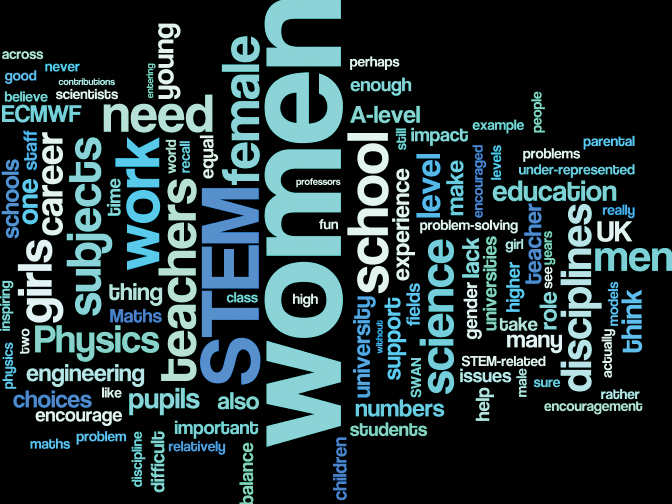
The issue of education features prominently in a word cloud of the statements on gender parity in science sent to us by scientists at ECMWF and beyond.
|
Jean-Noël Thépaut, |
“I think this goes back to secondary or undergraduate education. As far as I can remember, already in secondary school girls were a minority in what were called ‘hard science’ courses. Why? I am not sure, I suppose that there was not enough advertising about how rewarding STEM disciplines can be, for both genders. Perhaps seeing that leading positions in these disciplines are largely held by men maintains and amplifies this vicious circle. I suppose that actions are needed at several levels, starting with undergraduate education, but also with a stimulus that this education is not only fascinating but also rewarding for women too.” |
|
Angela Benedetti, |
“According to the UK Women in Engineering Society (WES), the UK has the lowest percentage of female engineering professionals in Europe, at less than 10%, while Latvia, Bulgaria and Cyprus lead with nearly 30%. The WES website also reports that only around 20% of A-Level physics students are girls and that this has not changed in 25 years. Possible explanations include persistent and often undetected gender biases, the prospect that certain professions may be too demanding to allow for a good work–life balance as well as a lack of female role models in higher positions. There is a need for longer parental leave and policies that support an equal involvement of men and women in bringing up children as well as perhaps affirmative action.” |
|
Sarah-Jane Lock, |
“I don't recall ever feeling underestimated or undervalued on the grounds of being a woman by leaders or colleagues that I have met through my scientific work. The biggest barrier to women entering STEM disciplines seems to arise much earlier: from an inadequate introduction to the more numerical subjects/skills at the earliest stages of and throughout education. Tackling this root cause requires attention to teaching practices, which will take time to filter through. Perhaps we can help by considering how we could host an occasional work experience pupil for a few days. An interesting placement for a motivated pupil could offer an immediate means to make a tangible difference to their choices.” |
|
Julia Wagemann, |
“The career choices of both men and women are strongly influenced by role models. Since there are only a few women in leading roles in STEM-related disciplines, not many young women can Secondly, our personal interests and career choices are strongly guided by stereotypes. Currently girls subconsciously get the impression that STEM subjects at school are a boys' thing and they quickly get discouraged from specialising in STEM disciplines if they see that they are the only girl in the class. To embrace change, men and women have to stand up and raise their voice for equal opportunities in every area of life.” |
|
Laura Ferranti, |
“It is beyond dispute that the disparity in the number of men and women in science and maths arises from culture rather than genetics. The most powerful determinant of whether a woman gets ahead in science is whether anyone encourages her to do so. Parents, teachers and all other women that work in science can potentially change this disparity.” |
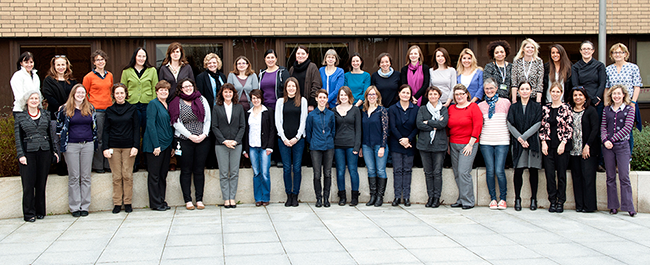
Some of ECMWF's women gathered for a group photo to mark International Women's Day.


